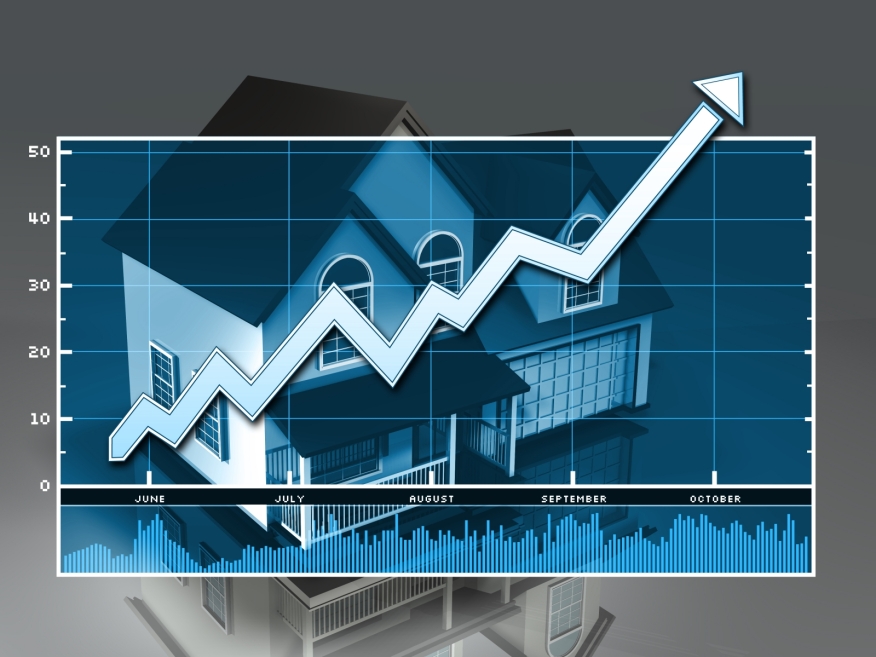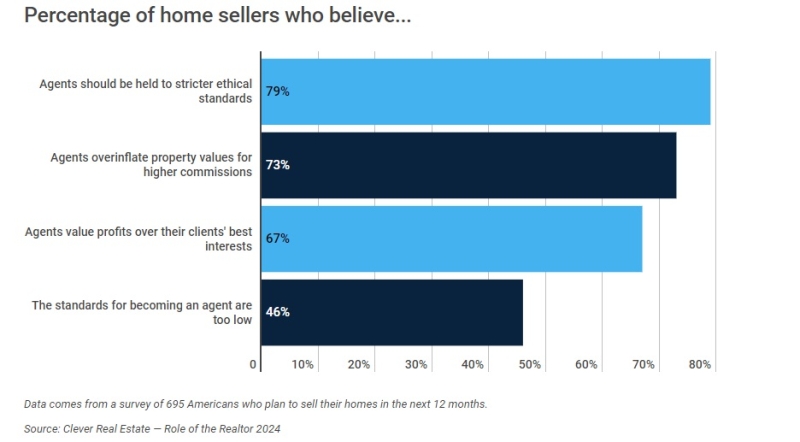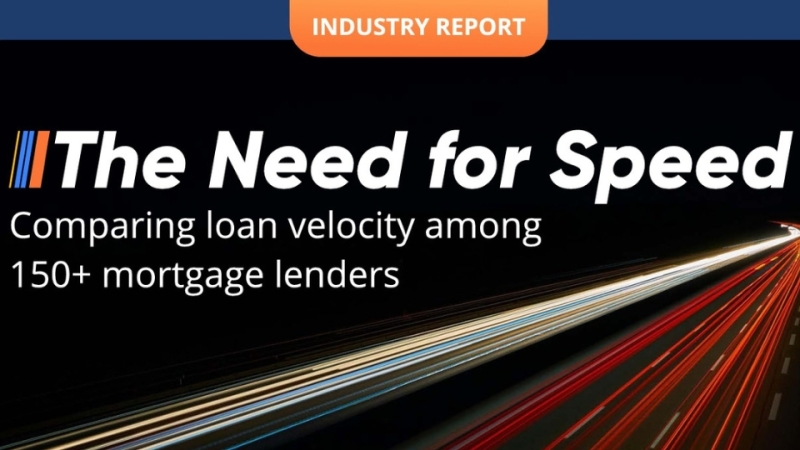Advertisement
UFA Default Risk Index: Mortgage risks still elevated, but returning to normalcy

The UFA Default Risk Index for the first quarter of 2010 (see Figure 1 below) has fallen by more than half from the peak level of 330 set in 2007, falling to 158 from last quarter’s 164. The Index illustrates the important role that local economic conditions have played in this credit cycle, since loan, borrower and collateral characteristics are held constant over time in the Index.
The Index this quarter introduces a new model and incorporates both prime and non-prime loan data. UFA’s baseline scenario for the economy this quarter now has GDP growing 2.5 percent and 2.7 percent over the next two years, just below trend levels (three percent). The baseline scenario uses the consensus inflation rate of 1.7 percent. If inflation rates spike, as some observers expect, nominal house prices will be higher and defaults will be lower.
Under current economic conditions, non-prime investors and lenders should expect defaults on loans currently being originated to be 58 percent higher than the average of loans originated in the 1990s. That’s a key finding of the latest UFA Mortgage Report by University Financial Associates of Ann Arbor, Mich.
Figure 1: The UFA Default Risk Index stands at 158, estimating the risk of default on newly originated mortgages (both prime and non-prime) at 58 percent higher than the average of the 1990s.
“Although UFA forecasts that house prices will continue to decline, the rate of decline has decelerated. The hardest-hit areas have begun to return to sustainable levels,” said Dennis Capozza, who is the Dykema Professor of Business Administration in the Ross School of Business at the University of Michigan, and a founding principal of UFA. “Slower house price depreciation will mitigate risk levels for mortgage lenders.”
The UFA Default Risk Index measures the risk of default on newly originated prime and non-prime mortgages. UFA’s analysis is based on a “constant-quality” loan, that is, a loan with the same borrower, loan and collateral characteristics. The Index reflects only the changes in current and expected future economic conditions, which are much less favorable currently than in prior years.
For more information, visit www.ufanet.com/nmr.htm.
About the author





